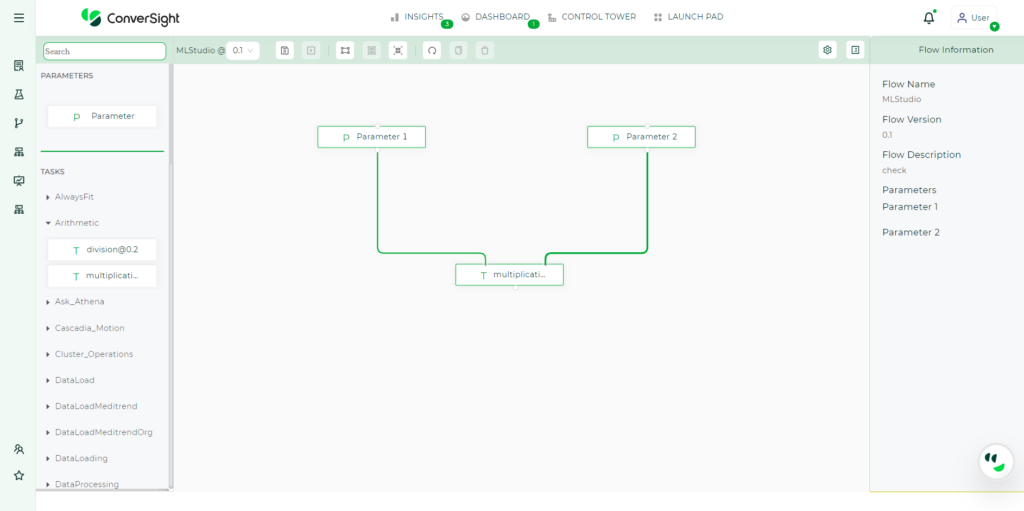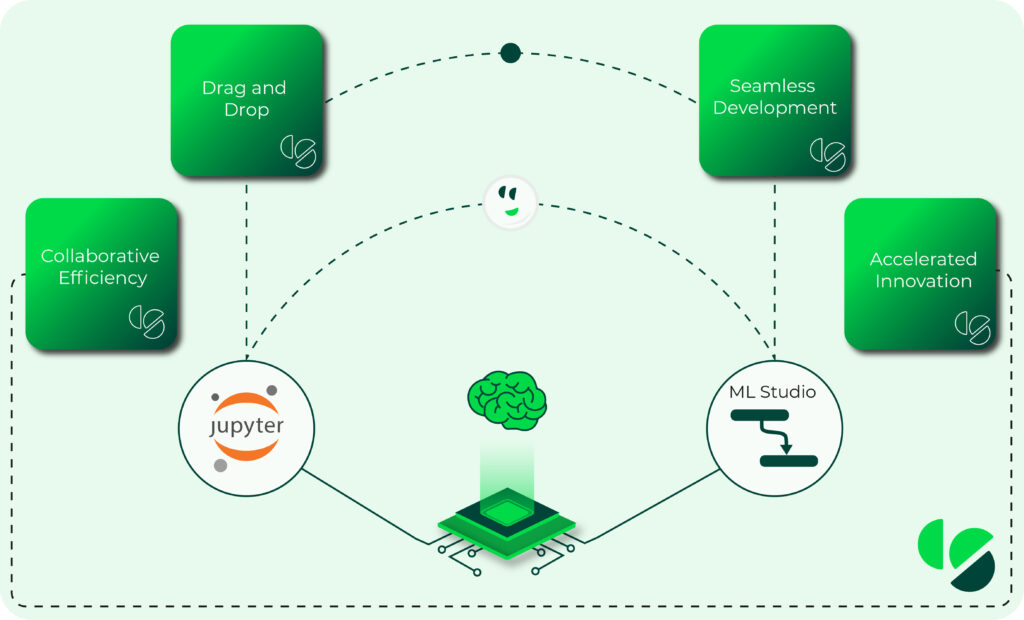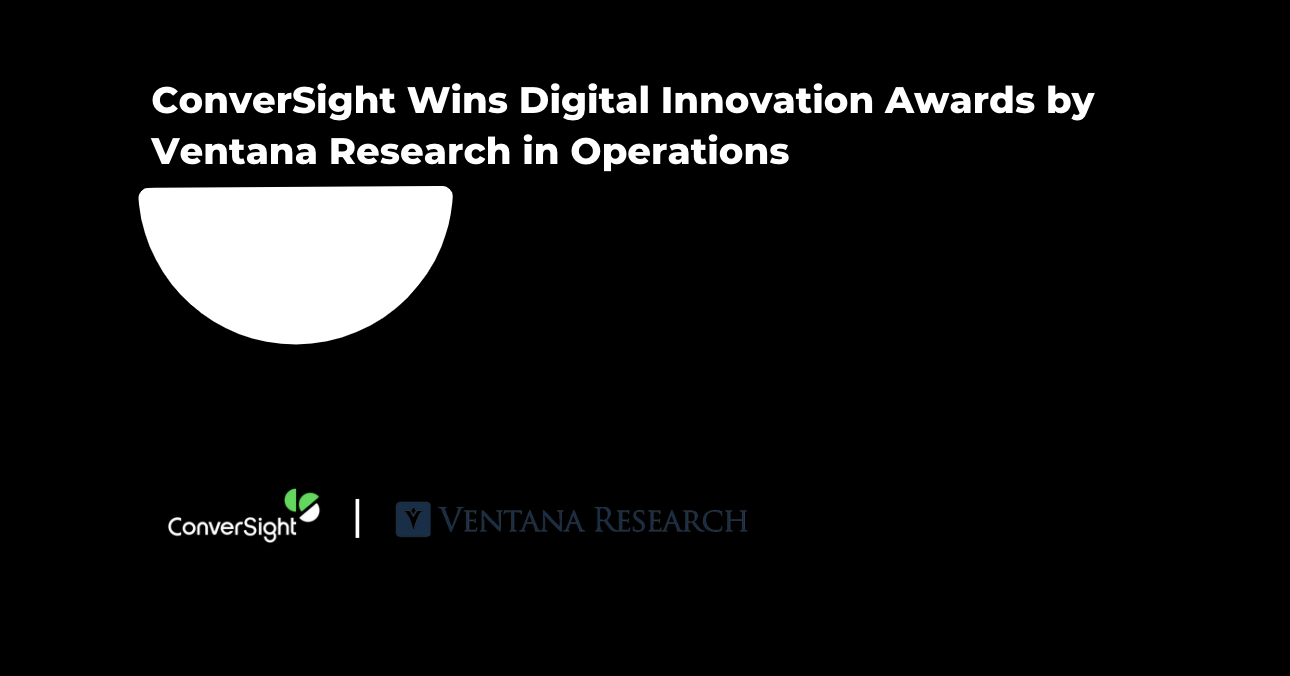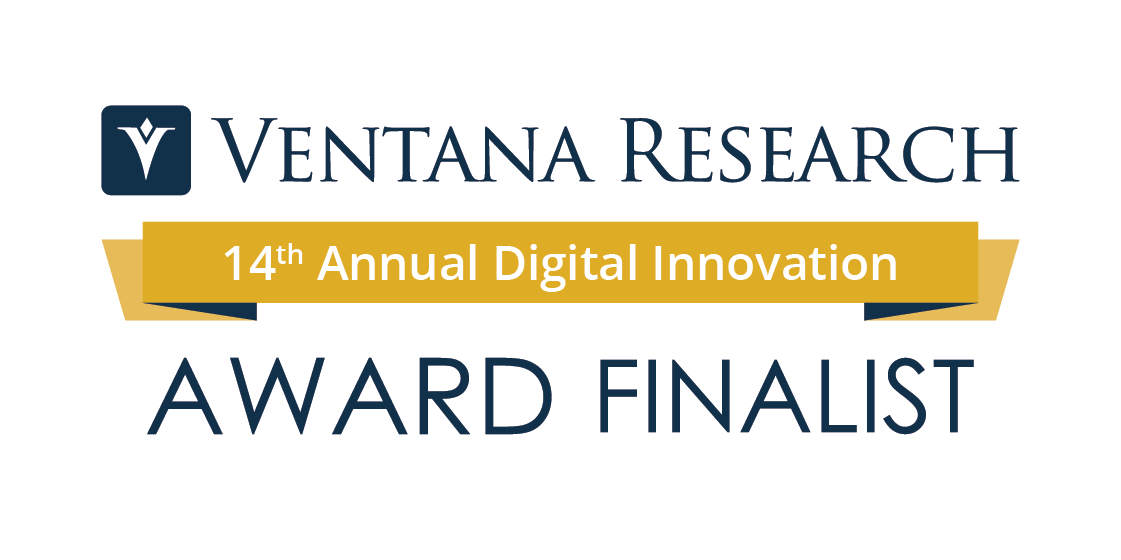
In the realm of machine learning, a powerful and user-friendly development environment is crucial for data scientists to improve their creativity and productivity. ML Studio, a proprietary tool of ConverSight, combines simplicity, collaboration, and innovation to revolutionize the landscape of machine learning. With its seamless development capabilities, collaborative efficiency, accelerated innovation features, and drag-and-drop interface, ML Studio empowers data scientists to build, test, and deploy machine learning models with ease.
Seamless Development: Empowering Data Scientists with Simplicity
ML Studio aims to simplify the machine learning development process. With its intuitive visual interface, ML Studio allows users to effortlessly create machine learning workflows using a drag-and-drop approach. This eliminates the need for extensive coding knowledge and streamlines the development process. Additionally, ML Studio offers a comprehensive library of pre-built algorithms, covering various tasks such as model training, classification, regression, clustering, and deployment. With ML Studio, data scientists can focus on refining their models and extracting valuable insights instead of getting entangled in coding complexities.
Drag and Drop Interface for ML: Simplifying Model Development
ML Studio’s drag-and-drop interface is one of its standout features. This intuitive functionality enables data scientists, including non-experts, to effortlessly create and train machine learning models. By simply dragging and dropping components, users can easily select and arrange elements without the need for manual coding. The visual interface of ML Studio not only accelerates the model development process but also opens doors for non-experts to explore machine learning. With this innovative feature, ML Studio helps data scientists focus on the creative aspects of model development and explore the world of machine learning.

Collaborative Efficiency: Integration and Accessibility for Enhanced Performance
ML Studio recognizes the importance of collaboration in the field of machine learning. It seamlessly integrates with other systems, such as Jupyter Notebook, allowing data scientists and machine learning engineers to incorporate ML Studio workflows into their existing processes. This integration fosters collaboration, enabling team members to share and leverage the capabilities of ML Studio. Moreover, ML Studio empowers data scientists to effectively utilize and unlock the full potential of data-driven insights. The user-friendly environment encourages active participation in machine learning projects.

Task: Empowering Data Scientists with Simplicity and Flexibility
At the heart of ML Studio lies the concept of Tasks. A Task is a discrete unit of code that facilitates specific data processing, manipulation, or analysis operations. Unlike conventional programming language functions, Tasks offer greater flexibility and accessibility. With ML Studio’s intuitive drag-and-drop interface, data scientists can effortlessly create and define Tasks, eliminating the need for extensive coding knowledge. Tasks can be executed sequentially or in parallel, enabling concurrent processing and seamless data flow between functions. This modular approach allows data scientists to construct flexible workflows, reuse components, and focus on refining models and extracting valuable insights. The simplicity and flexibility of Tasks in ML Studio empower data scientists to navigate the intricacies of machine learning with ease.
Flow: Orchestrating Workflows for Optimal Results
In ML Studio, Flows play a crucial role in orchestrating the sequence of Tasks within a machine learning project. A Flow is a graphical representation of the logical sequence of actions required to achieve a desired outcome. Comprising entirely of Tasks, Flows provide a visual roadmap for data scientists to define dependencies and manage complex requirements. Whether Tasks need to be executed sequentially or in parallel, Flows offer a structured approach to task execution. By organizing Tasks into Flows, data scientists can efficiently manage their projects and ensure the smooth flow of data and operations. Flows enhance workflow management within ML Studio, enabling data scientists to effectively orchestrate their Tasks and drive impactful results. Additionally, the reusability of both Tasks and Flows at the organizational level further promotes collaboration and boosts efficiency, enabling organizations to make the most of existing components and streamline their machine learning initiatives.
Accelerated Innovation: Rapid Experimentation and Deployment for Breakthroughs
Innovation thrives on rapid experimentation and iteration. ML Studio empowers data scientists with the agility they need to explore new ideas and push the boundaries of machine learning. Through streamlined workflows and efficient tools, data scientists can experiment with different techniques, iterate models rapidly, and optimize performance. Additionally, ML Studio simplifies the deployment of machine learning models, reducing the time and effort required for production. By bridging the gap between model development and real-world application, ML Studio accelerates the pace of innovation and drive impactful results.
ML Studio has transformed the field of machine learning by providing a powerful and user-friendly development environment for data scientists. Its seamless capabilities, collaborative efficiency, and accelerated innovation features simplify the entire process of building, testing, and deploying machine learning models. With an intuitive drag-and-drop interface, even non-experts can effortlessly create and train models. The integration with other systems promotes collaboration and knowledge sharing among data scientists and machine learning engineers. By streamlining workflows, offering efficient tools, and simplifying deployment processes, ML Studio accelerates innovation, leading to breakthroughs and impactful results. As a transformative tool, ML Studio propels the future of machine learning, unlocking new possibilities for discovery and advancement.


